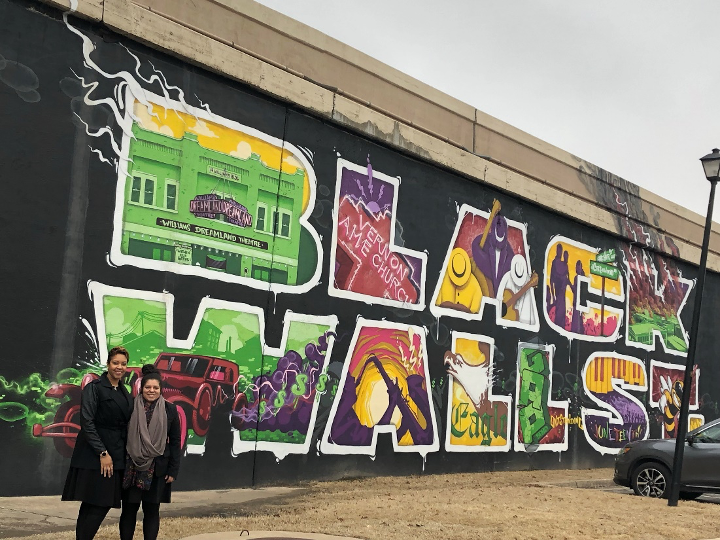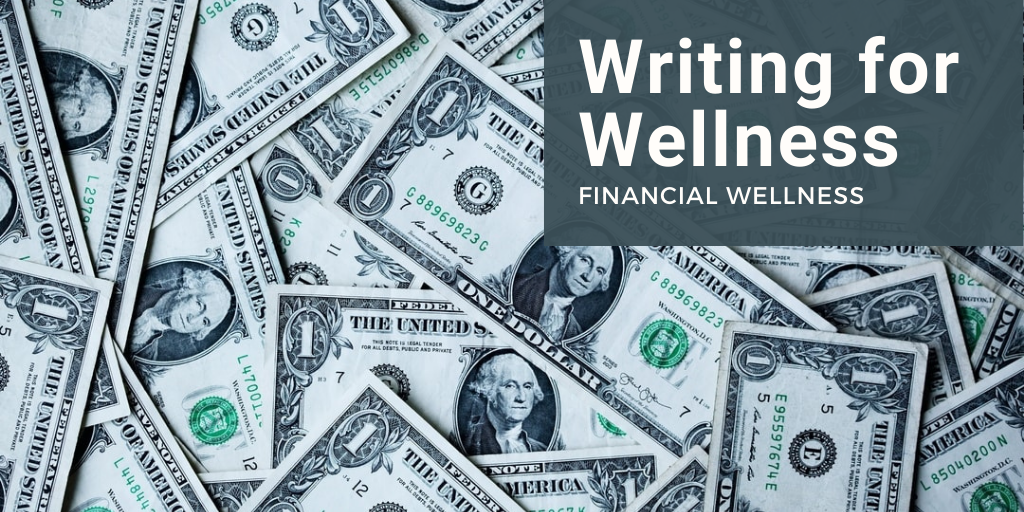As noted by Dr. Peggy Swarbrick and her colleagues, “Financial Wellness involves having financial resources to meet practical needs.”[1] These financial resources can help people to have a sense of control and a sense of freedom. Unfortunately, far too often, financial wellness is left out of conversations and interventions related to mental health recovery. Services may focus on financial education, but, historically, they do little to address poverty and promote economic empowerment.[2] This is concerning, as we know people with mental health conditions are more likely to live in poverty.
We also know that people of color are more likely to live in poverty. Concentrated poverty is a form of structural violence that can contribute to the onset of mental health conditions. As we explore issues of health equity (including mental health), financial wellness and wealth accumulation ought to be part of this conversation. There is a growing racial wealth gap, in addition to the income and wage gap in this country. The racial wealth gap, however, makes it challenging for Black people and other oppressed groups to have both means and opportunity. A long history of preventing Black accumulation of assets exists, whether through redlining, present day mortgage and lending denials, labor market discrimination, segregation, and other racist policies, practices, and social norms that limited access to opportunity and access to capital in Black neighborhoods. These, and other, forms of explicit and implicit bias, systemic racism, and oppression coalesce to make wealth accumulation in Black neighborhoods unattainable for many.
You may have heard of Black Wall Street, the Greenwood District in Tulsa, Oklahoma. This was a thriving Black neighborhood with more than 10,000 residents, home to Black wealth, Black-owned homes, and Black-owned businesses—from restaurants to newspapers, lawyers’ offices to dental practices, doctors’ offices to realtors, and banks to hotels, among many others. This all changed when there was a massacre on Black Wall Street on May 31—June 1, 1921. Homes and businesses were bombed from aircrafts. People were murdered by shooters in the planes and on the ground. Fires were set. All of this transpired following reports of a white woman screaming after, what historians believe, was a 19-year-old Black youth accidentally stepping on her foot.[3] However, “…this was about Black [people] becoming too economically powerful and showing that wealth…,” as noted by author and professor Mehrsa Baradaran on PBS’s THIRTEEN.
The history of preventing Black neighborhoods from attaining economic empowerment, asset accumulation, and wealth is one that impacts overall well-being, quality of life, and mental health for individuals, families, and entire communities over generations. To move toward equity in mental health, there is a need for liberatory practices, policies, and social norms that can also create equity in achieving financial wellness. There is a need to recognize and name this collective trauma and, restoratively, repair and amend the harms that continue to impact the well-being—including financial wellness—of Black people and other people of color today and detrimentally impact mental health. There is space for the field, including mental health, population health, and public health, to deepen the adoption of the upstream and root causes paradigm to engage in this healing work.

Pictured: Qwynn, Co-Director of SMVF TA Center, and Jasmin, Consultant to the SMVF TA Center, in front of a Black Wall Street mural in Tulsa, Oklahoma, in 2019. I’d also like to acknowledge and thank these two for their review and input on this blog post.
To learn more about the racial wealth gap and how to reduce it, this October TED Talk, featuring a wealth equity strategist who serves as a consultant for banking institutions, Kedra Newsom Reeves, offers additional information.
Notes
[1] Nemec, P. B., Swarbrick, M., Cook, J. A., Jonikas, J. A., & Jiménez-Solomon, O. (2019). Building Financial Wellness (Participant Workbook). Freehold, NJ, Collaborative Support Programs of New Jersey, Inc. & University of Illinois at Chicago Center on Integrated Health Care & Self-Directed Recovery. Available at https://www.center4healthandsdc.org/uploads/7/1/1/4/71142589/uic_solutions_suite_building_financial_wellness_participant_workbook.pdf
[2] Brandow, C. L., Swarbrick, M., & Nemec, P. B. (2020). Rethinking the causes and consequences of financial wellness for people with serious mental illnesses. Psychiatric Services, 71(1), 89–91. https://doi.org/10.1176/appi.ps.201900323
[3] As an aside, NPR’s CodeSwitch has an opinion piece that talks about a popular archetype today, “Karen;” and the history of what happens when white women call for help after a benign interaction with a Black man. We see this in the Tulsa Race Massacre of 1921, we see this in the brutal murder of Emmett Till in 1955, we see this in the 2020 calls to the police on Black people barbecuing and bird watching, among other activities, as well as the false reports to police of being threatened.


